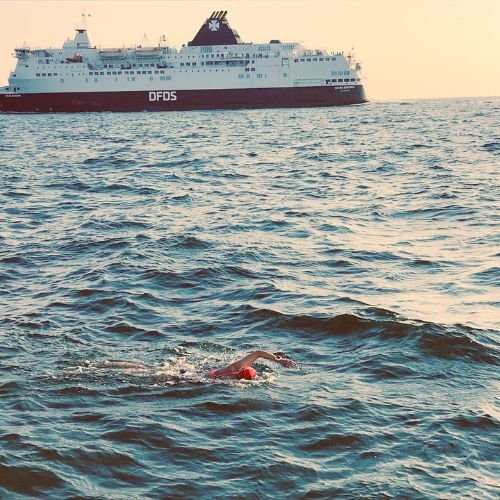Common Swimming Injuries
Now that the hot weather has arrived, many people are rediscovering the joy of outdoor swimming. Swimming is a fantastic activity for your overall health, that can help with joints, movement and strength.
Although not commonly thought of as a sport that hurts the body, injuries do occur. Most swimming injuries come from overuse. But, the most important thing you can do to avoid injury is to be prepared and to look after yourself correctly.
Below we look at some of the most common swimming injuries, and how these can be prevented.
Swimmer’s shoulder
Shoulder pain is the most common musculoskeletal swimming injury, with competitive swimmers reporting ‘disabling shoulder pain’ at an incidence of up to 87%. Usually, it is caused by the repetitive overhead motion required of front crawl, or butterfly. It affects your rotator cuff, the group of muscles and tendons that connect your upper arm to your shoulder blade.
Swimmer’s shoulder usually presents itself as a sharp pain down the lateral side of your shoulder and upper arm, and sometimes on the front of your shoulder.
Physio Paul, who was lead swimming physiotherapist at several Paralympic Games, can quickly identify any impairments or training errors. He can help with a rehab plan that may include strengthening exercises for the scapular stabilisers and the external rotator muscles as well as key supporting core muscles. He can also advise on some useful stretches for tight shoulder muscles that can be built into your warm-up and cool-down.
Lower back pain and neck pain
Back or neck pain is normally caused by repetitive stress. Often, in swimmers, this can be due to a poor body roll technique. This means you may be arching your back to clear your head from the water, leading to stress on the facet joints at the back of your spine and into your neck. You should only need to rotate your head a small amount to clear the water and breathe. This becomes further compounded by unilateral breathing, which can lead to muscle imbalances. Getting advice on perfecting your bilateral breathing technique and body roll from a qualified swim coach is key here. A sports massage to help stretch the neck muscles can help to alleviate any pain.
Back pain can also be caused by over extension of the lower back during breaststroke as well as a high arching position in butterfly stroke. Key exercises that a physio can help instruct on are ones that help to mobilise the thoracic spine as well as strengthen your core and lower back muscles. They can also check your hip flexor flexibility; as if tight, it might inhibit your ability to fully extend the hip during kicking and lead to an over-arching of the lower back.
Charlie’s swimming injury
In 2014, Clinic manager Charlie, who competes in triathlons and long-distance swimming events, was experiencing shoulder and neck pain following a fundraising challenge that involved a Channel swim and 200-mile bike ride. She was diagnosed with 'snapping scapula syndrome' in her left shoulder.
Already a patient at Physio Remedies, Charlie went straight to Paul for advice and strengthening exercises to support her shoulder, back and neck.
“One of the advantages of the great facilities at The Lansdowne Club is that we could do a session in the pool. Paul observed my swimming and we tested out some tweaks to my stroke to help put my shoulder in a better position and limit the pain in my neck. ”
Swimming pool at The Lansdowne
Charlie’s exercise plan included core strength work in the gym to help support her lower back. It wasn’t long before Charlie was back swimming in open-water and she went on to successfully finish both 2-person and 5-person Channel relays.
“I went from being barely able to lift my left arm due to the pain and inflammation in my shoulder, to swimming 4 two-hour stints in an increasingly rough sea on the 2-person relay. Then, another 3 one-hour stints on the 5-person relay in the space of just over a month!”
Charlie open-water swimming (somewhere in the Channel)
Reduce your risk of swimming injury
One of the best ways to reduce your risk of injury in the water is by getting a coach to assess your swimming technique. Our physios can offer advice and provide an exercise program to help strengthen your swimming muscles.
Talk to us if you are concerned about a swimming niggle. If you want to take your swimming to the next level, our partners, Swim Canary Wharf, can organise a swim analysis in their endless pool. Contact us to find out more.




